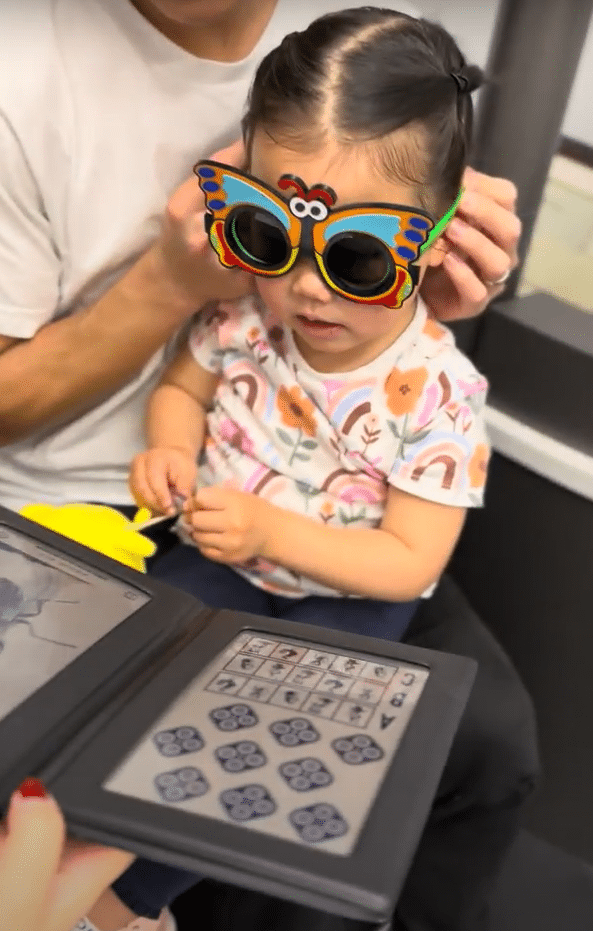Hyperopia, or long-sightedness, refers to an eye condition in which an image is perceived as out of focus due to an eyeball that is shorter than normal, causing light to focus behind the retina instead of on it.
Hyperopia means that a person may have difficulty seeing objects that are close to them, but can see objects that are far away more easily.



